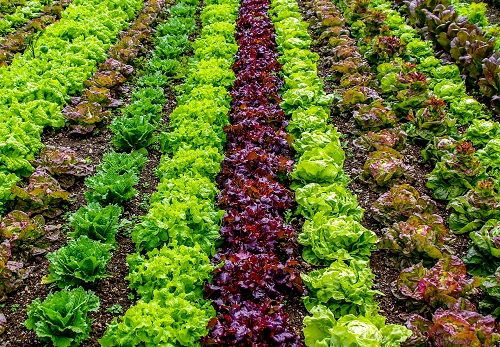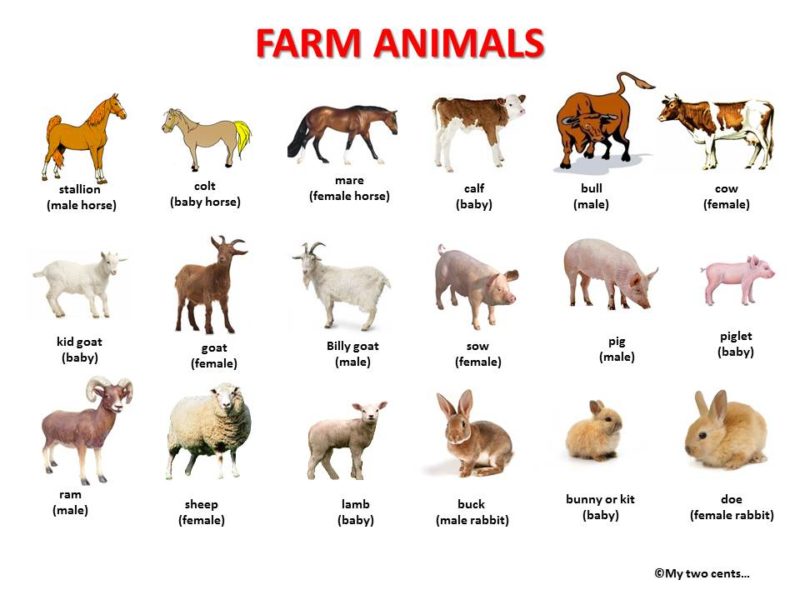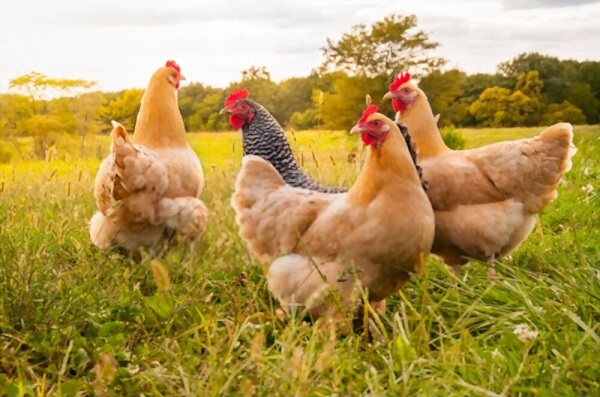It’s almost impossible to describe modern agriculture without mentioning vegetation indices, the most well-known of them probably being NDVI. What do vegetation indices mean, and what are they used for? Let’s dive right in!
First things first, a vegetation index is an indicator that determines the amount of photosynthetically active green biomass in plants. It is calculated as a result of operations with different spectral ranges (channels) of remote sensing data and related to the parameters of vegetation in a given pixel of the image.
Currently, there are many different vegetation indices that are used based on the known features of spectral reflectivity of plants and soils. Nearly all common vegetation indices use only the red to near infrared ratio, assuming the soil line lies in the near infrared. Let’s see how the most popular vegetation indices work and how they help farmers in monitoring their crops’ health throughout the growing season.
NDVI
Normalized Difference Vegetation Index is probably the most famous and trusted vegetation index. It is easy to calculate, has the widest dynamic range among the common VIs, and has the best sensitivity to changes in vegetation. It is moderately sensitive to changes in the soil and atmosphere, except in cases when the vegetation is too scarce to measure it properly. NDVI calculation is actively used in agriculture to solve a wide range of issues.
The most notable practical application of NDVI is the assessment of crop development across all the growth stages. With this index, farmers can estimate where the vegetation values in the field are very low, and where they are above average. It is easy to do thanks to the color scale, where red and yellow mean poor and medium development of vegetation biomass, and green color means excellent vegetation value. The data needs to be interpreted taking into account the growing season and the type of crop in the field.
Monitoring crops with the NDVI index allows for determining the optimal time for harvesting, based on the relationship: the lower the index, the drier the grain. Regular and remote NDVI analysis of crops helps farmers be constantly aware of changes in plant health at every stage of development. The time-series NDVI analysis makes it possible for farmers to find problem areas within a field and send scouts to inspect. Due to the timely identification of any issues, protective measures can be carried out with the greatest efficiency, including more efficient irrigation control, seed, fertilizers, or pesticide application.
It is also useful to compare NDVI values for the same field over a period of several years. This provides the farmers with the necessary information to create a protection system and set proper fertilizer rates. Farmers can also compare the current NDVI to the average annual value and the yields of the past years to predict the future harvest.
EVI
Enhanced Vegetation Index is a modification of NDVI where the influence of soil and atmosphere on the values of this index is minimized. This index allows assessing both conditions of dense vegetation cover and conditions of sparse vegetation.
MSAVI
Modified Soil Adjusted Vegetation Index is the best option when the plant is at an early growth stage, since it takes into account the bare soil on the field and does not define it as poor vegetation. Under the same conditions, NDVI would interpret the lack of vegetation as a sign of poor crop health. That is why it is important to use and compare the values of several indices before making any assumptions regarding the state of crops.
NDRE
Normalized Difference Red Edge Index is quite similar to NDVI, but is more sensitive to the edge between the red and near-infrared bands of light. In other words, NDRE is better at detecting nitrogen-in-the-air changes. This index is applicable when assessing wilting and aging plants.
NDMI
Normalized Difference Water Index is one of the “moisture” vegetation indices used for water stress detection, showing moisture level in different zones of the field. Its value depends on the crop variety and the stage of its development. And although NDVI may detect water stress, NDMI is specifically designed to do the job.
VHI
Vegetation Health Index is an index composed of a set of sub-indices used for drought conditions. This index is based on the Land Temperature Surface (LST) and Normalized Difference Vegetation Index (NDVI) measurements.
RECL
Red-edge Chlorophyll Index is used to detect chlorophyll content in plants, which makes it most relevant during the active growth stages.
There are plenty of online tools that have already built-in algorithms to measure different vegetation indices. All farmers have to do is open the app and check the values. One of the platforms using vegetation indices analytics is Crop Monitoring by EOS. It provides farmers with the NDVI, NDRE, MSAVI, RECI, and NDMI values for a multi-faceted and reliable remote crop health assessment.
Currently, Crop Monitoring offers 5 vegetation indices to assist farmers with monitoring crops. It’s that many because the more indices are used, the more information there is for accurate analysis and decision-making. It allows monitoring crops’ health from 5 different perspectives in different growth stages.
Users just select the vegetation index and view the curves on the graph showing soil moisture, precipitation, and growth stages data for the last 5 years. Easily switching between indices, they can compare the values to get more insights about the true state of the crops at any given moment. Curves on the graph can be turned on and off, allowing for a better user experience overall.
The tool’s user experience doesn’t end here. Despite the large variety and amounts of data gathered by Crop Monitoring sensors about the fields over a long period of time (weather, temperature, soil moisture, precipitation rates), all of it is available on one screen. Crop Monitoring uses graphs or charts to turn data interpreting into a simple daily routine check. While the standard chart contains most of the data, users can also refer to extended charts in the Weather analytics tab to get even more precise data to enhance the decision-making process.
Vegetation indices provide great opportunities for farmers, allowing them to assess plants remotely at every development stage. However, using one index is not as effective and certainly not as reliable compared to using them in combination. That is why it’s best to use several indices and compare their values with each other, combining the data on the density of vegetation, chlorophyll content, and soil moisture. Just remember to use these indices according to the appropriate growth stage of the crop, to get the most accurate insights, saving time and money.



